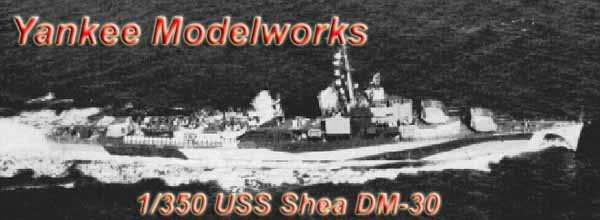
Shea was off Okinawa helping prepare the way for the 1 April invasion. While her primary mission was to protect and assist the minesweepers clearing the area of enemy mines, she also stood radar picket duty all around Okinawa. During the period 24 March-4 May, she was constantly fending off Japanese air attacks and guarding against enemy submarines. Moreover, she probably sank or severely damaged at least one submarine and, on 16 April, in the space of 10 minutes, splashed no less than six enemy planes.
On the morning of 4 May 1945 Shea was en route to radar picket duty 20 miles NE of Zampa Misaki, Okinawa. She arrived just after 0600, having encountered two Japanese aircraft along the way, firing on both and possibly splashing one. Upon receipt of reports indicating the approach of large Japanese air formations, Shea s crew went to General Quarters. Soon thereafter, a "considerable smoke haze blew over the ship from the Hagushi beaches" and "visibility was at a maximum 5.000 yards." At 0854 a single enemy Betty was sighted six miles distant, and, four minutes later, one was shot down by Shea-directed CAP. At 0859, five minutes after the initial sighting, a lookout spotted a Japanese baka bomb on Shea's starboard beam, closing the ship at better than 450 knots. Almost instantaneously, the baka crashed Shea "on the starboard side of her bridge structure, entering the sonar room, traversing the chart house, passageway and hatch, and exploding beyond the north side on the surface of the water. fire broke out in the mess hall, CTC. chart house, division commander's stateroom, # 2 upper handling room, and compartment A-304-L."
Shea lost all ship's communications, 5" gun mounts numbers 1 and 2 were inoperative, and the forward port 20 millimeter guns were damaged. The main director was jammed and the gyro and computer rendered unserviceable. One officer and 26 men were killed, and 91 others were wounded to varying degrees.
With repair parties and survivors from damaged areas scurrying about, helping the wounded and fighting fires, Shea, listing 5 degrees to port, began limping off to Haushi and medical assistance. She arrived there at 1052; her most seriously wounded crew members were transferred to Crescent City (APA-21), and the bodies of the 27 dead were removed for burial on Okinawa. Shea then resumed her limping, this time to Kerama Retto anchorage. At Kerama Retto, she underwent repairs and disgorged all but 10 percent of her ammunition. In addition, much of her gear, particularly radar and fighter direction equipment, was transferred to DesRon 2 for distribution to less severely damaged ships. After a memorial service on 11 May for her dead crewmen and the removal of some armament, Shea was underway on 15 May to join convoy OKU #4 (TU 51.29.9), heading for Ulithi Atoll.
Shea got underway from Ulithi on 27 May 1945 and, after a three-day layover at Pearl Harbor, departed for Philadelphia on 9 June. She arrived at the Philadelphia Navy Yard on 2 July, visiting San Diego and transiting the Panama Canal en route. Shea underwent extensive repairs and post-repair trials before leaving Philadelphia on 11 October for shakedown at Casco Bay, Maine. While in the area, Shea celebrated her first peacetime Navy Day at Bath, Maine.
From 1946 to late 1953, Shea was engaged in normal operations with the Atlantic Fleet. Assigned to MinDiv 2 and based at Charleston, S.C., she ranged the Atlantic seaboard and Caribbean Sea. This employment was interrupted late in 1950 by a Mediterranean cruise, during which she visited Trieste on a liaison mission with the British forces in the area. Shea returned to Charleston and the Atlantic Fleet on 1 February 1951 and remained so engaged until September 1953 when she reentered the Pacific.
Shea spent the remainder of her active service in the Pacific, based at Long Beach, California. She participated in numerous minelaying and antisubmarine exercises off the west coast, covering the area from Mexico north to British Columbia and west to Hawaii. In the spring of 1954, she made her only excursion out of that area when she took part in the atomic tests conducted at Eniwetok Atoll in the Marshall Islands. This was her first and only return to any of her old World War II haunts. She arrived back in Long Beach on 28 May and remained in the area until 9 April 1958 when she was placed out of commission in reserve. Shea continued in this reserve status until 1 September at which time, after being surveyed and deemed not to be up to fleet standards, she was stricken from the Navy
Shea earned one battle star for her part in the Okinawa campaign during
World War II.
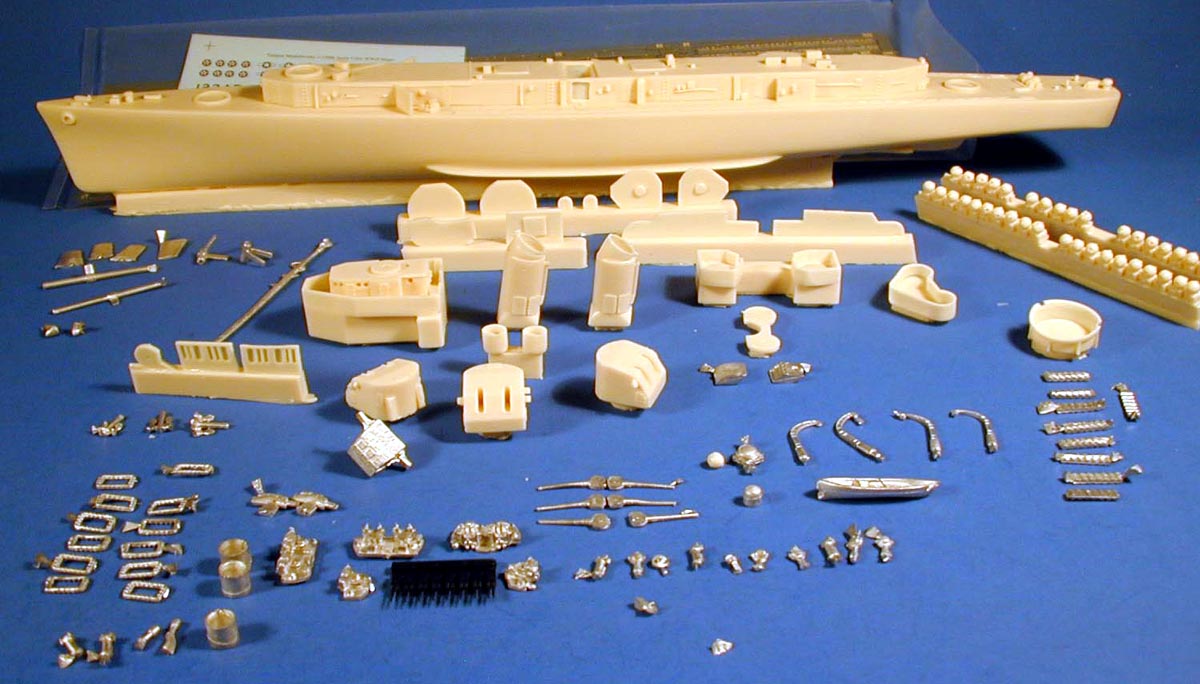
to enlarge
 |
 |
 |
 |
 |

 |
 |
 |
 |
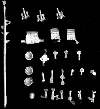 |
 |
 |
 |
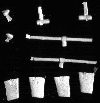 |
 |
|||
 |
 |
 |
 |

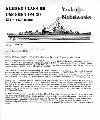 |
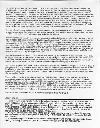 |
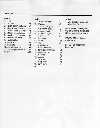 |
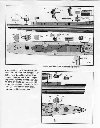 |
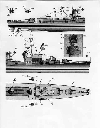 |
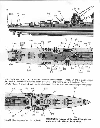 |
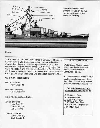 |
 |

Conclusions:
This is a nice kit of one of a unique subject. Everything you need is included in this kit except paint and rigging. I would not recommend it for a beginner, but anyone who has build plastic ships with photo etch should be able to build this one.
YKM-35109 with a retail price of $129.95, a good price for such a complete kit. Thanks to Yankee Modelworks for providing the review sample.
